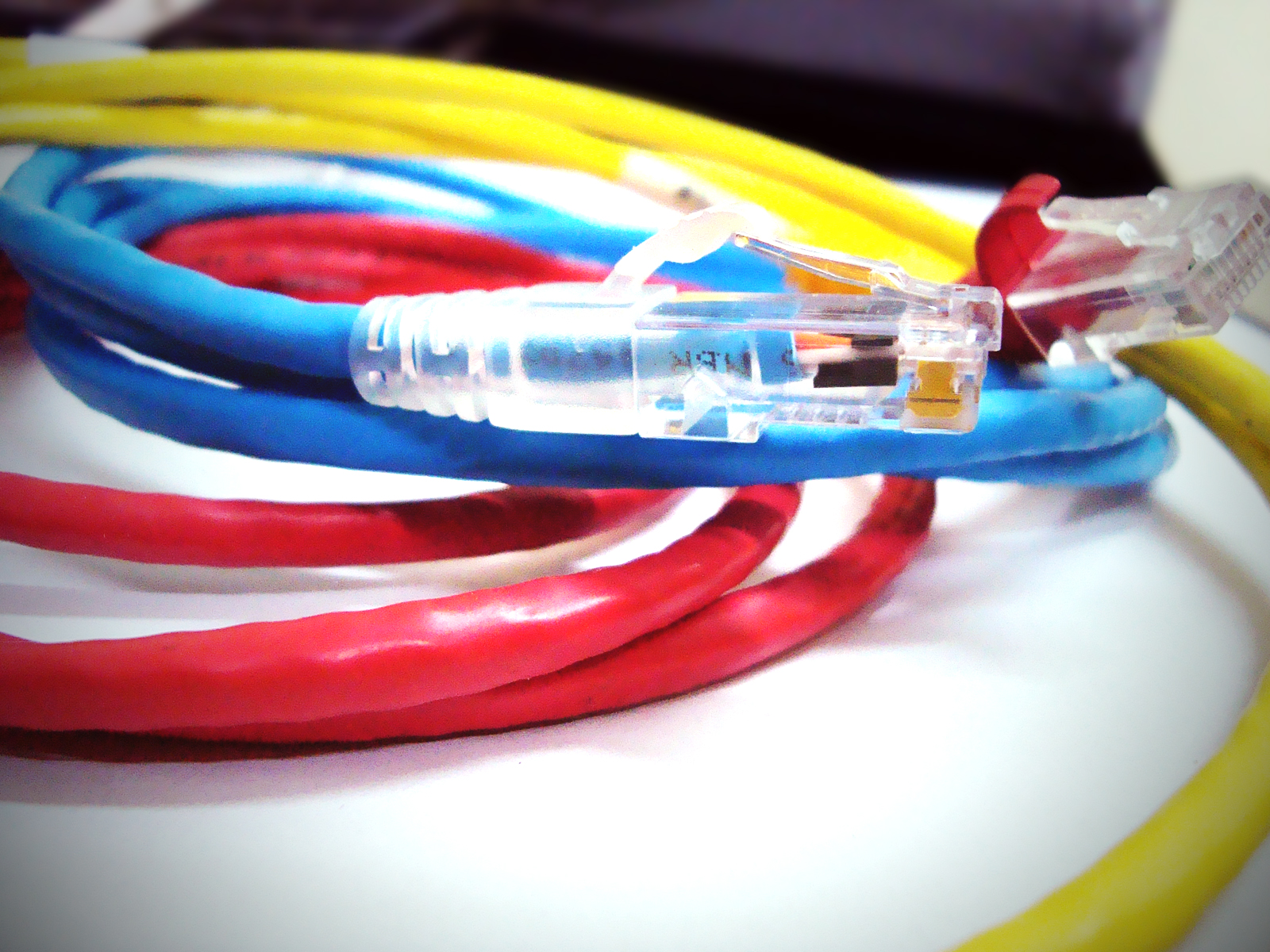Copper cabling is currently the most installed cabling, largely because it is less expensive than other options (such as fiber-optic cabling). Business owners are also more familiar with copper data cabling and often already have some of the connecting hardware or networking devices needed to integrate with it.
Cabling is an important investment that carries all of the data essential to your business. It determines your available bandwidth and capacity, now and in the future.
If your business is looking to install or reassess your copper data cabling infrastructure, you need to know some of the key features, options, and standards that can differ among cabling.
Unshielded Twisted Pair (UTP) vs. Shielded Twisted Pair (STP)
Unshielded Twisted Pair
- The most commonly used cable type
- Usually made up of four twisted pairs encased in a PVC or plenum jacket
- Installation by trained technicians will prevent issues that can cause performance disturbances
- Vulnerable to electromagnetic interference (EMI)
- More flexible than STP
- Less expensive than STP
- Easier to install than STP
Shielded Twisted Pair
- Made up of twisted pairs and a shield
- Common shields are: copper braid or foil sheath (or a combination of both)
- Ideal for spanning longer distances than UTP
- Shield minimizes impact from EMI; therefore should be used in locations where protection from EMI is needed
Copper Cable Categories
Copper data cabling is constantly evolving and improving to meet the growing needs of new technologies. Data usage is rapidly increasing, particularly as the ‘Bring Your Own Device’ trend continues to be prevalent in business environments. Laptops, smartphones, tablets, and so on – these devices all require fast, reliable data. Your infrastructure must be able to handle the increased demand.
Each time copper cabling is improved upon, a new “category” is born. Each category has internally consistent standards that all cables of that category meet.
Category 5e (Cat5e) and Category 6 (Cat6) are two of the latest categories, both of which are ideal for handling your network requirements now and in the future as your data requirements grow. Cat6 and Cat6a offer higher performance, as the more advanced category.
Currently, most businesses find Category 7 (Cat7) unnecessary because it provides more bandwidth than they require. As data consumption increases, however, Cat7 will become more relevant and more widely adopted.
| Copper Cable Category Comparison | |||||
| Cat5 | Cat5e | Cat6 | Cat6a | Cat7 | |
| Frequency Supported | 100 MHz | 100 MHz | 250 MHz | 500 MHz | 600 MHz |
| Ideal Environments | Small offices, home offices. Meets current needs, but may not withstand future growth. |
Large offices, university or business campuses. Meets the needs for high speed applications, and will help businesses future-proof their infrastructure. |
Not yet widely used. Will become valuable for large enterprises and data centers as needs grow. |
||
A trained cabling technician will be able to help you design the right structured cabling infrastructure to meet the specific needs of your business, your environment, and your budget. Compliance with standards and regulations will ensure your cabling continues to serve your needs down the road, as cabling can last 10-15 years!
>> Activo’s certified technicians will design and install the right cabling infrastructure for your business, anywhere in Canada! Contact us today to discuss your needs.
More on Cabling from Activo:
- What is Structured Cabling?
- Network Cabling Considerations
- Abandoned Cables and the Risks They Bring












